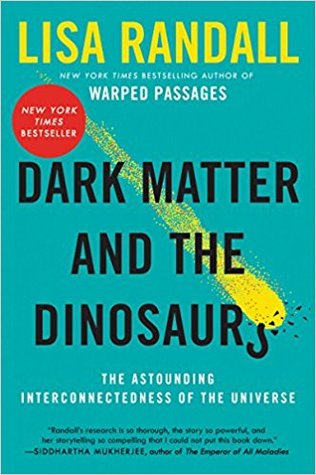More on this book
Community
Kindle Notes & Highlights
by
Lisa Randall
Read between
November 4 - November 17, 2015
Early in the Universe’s evolution, most of the energy was carried by radiation. But radiation dilutes more quickly than matter so matter took over eventually as the largest energy contribution. Much later in the Universe’s evolution, dark energy—which never diluted whereas both radiation and matter did—came to dominate and now constitutes about 70 percent of the Universe’s energy density.
nothing is very special. If you have a number line, “zero” is just one infinitesimal point among the infinity of possible numbers you can choose. “Nothing” is so special that without an underlying reason, you wouldn’t expect it to characterize the state of the Universe. But even an underlying reason is something.
successful predictions of nucleosynthesis tell us that ordinary matter cannot account for all the observed matter in the Universe—largely dispelling the hope that it was invisible just because it wasn’t burning or reflective enough. If there were much more ordinary matter than is observed in luminous matter, the successful nuclear physics predictions would no longer apply unless there were some new ingredient.
Dark matter effectively gave ordinary matter a head start—paving the way for the formation of galaxies and stellar systems. Because it is immune to radiation, it could collapse even when ordinary matter could not, forming a substrate in which protons and electrons could be shepherded into collapsing regions.
we currently live in a region—300 light-years across—called the Local Bubble, which is a vacuum-like domain with very low hydrogen density within the interstellar medium in the Orion Arm of the Milky Way.


